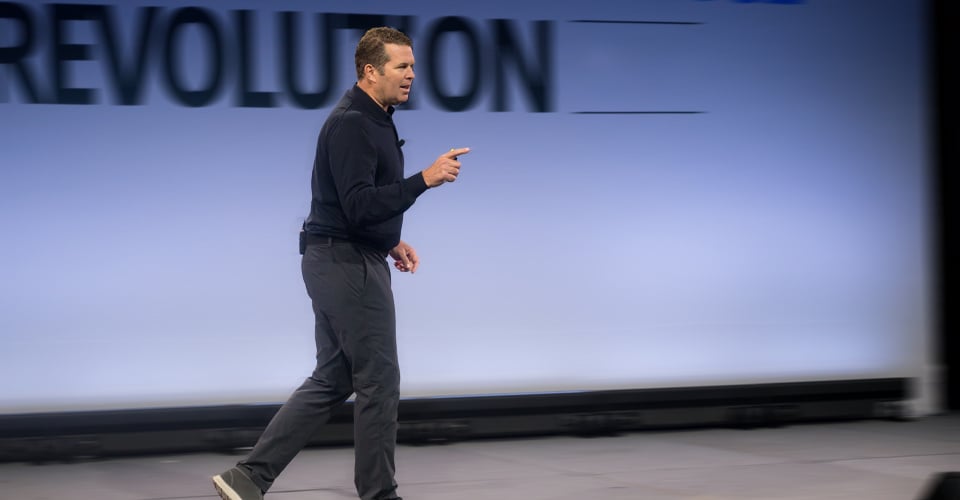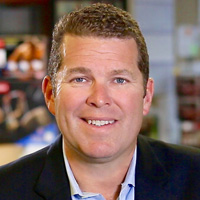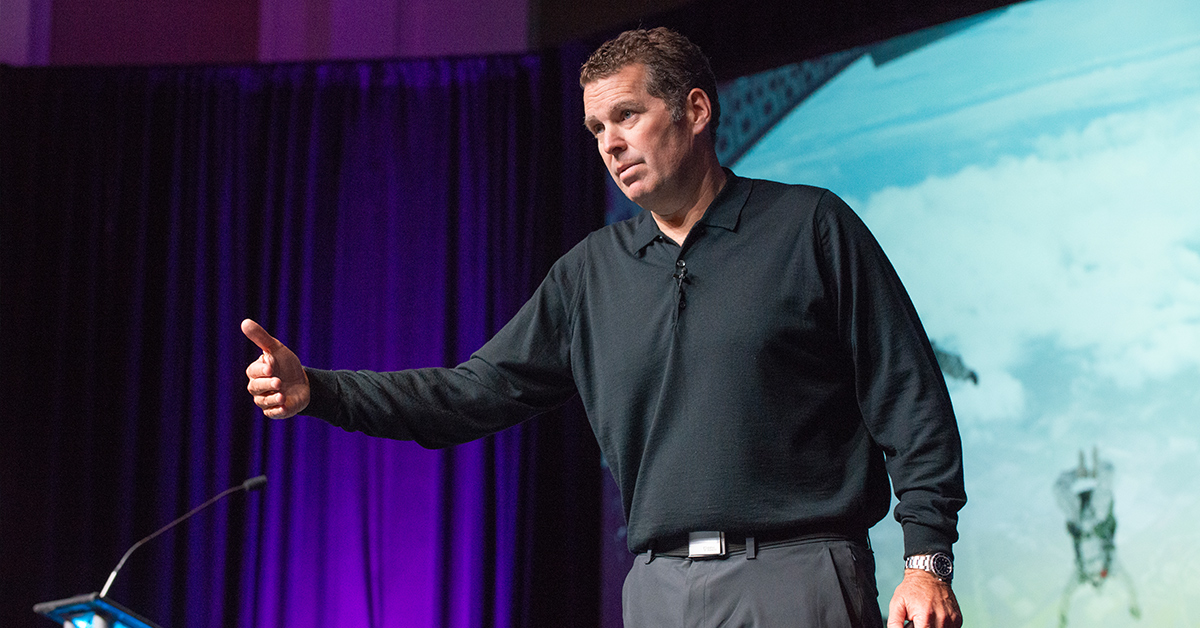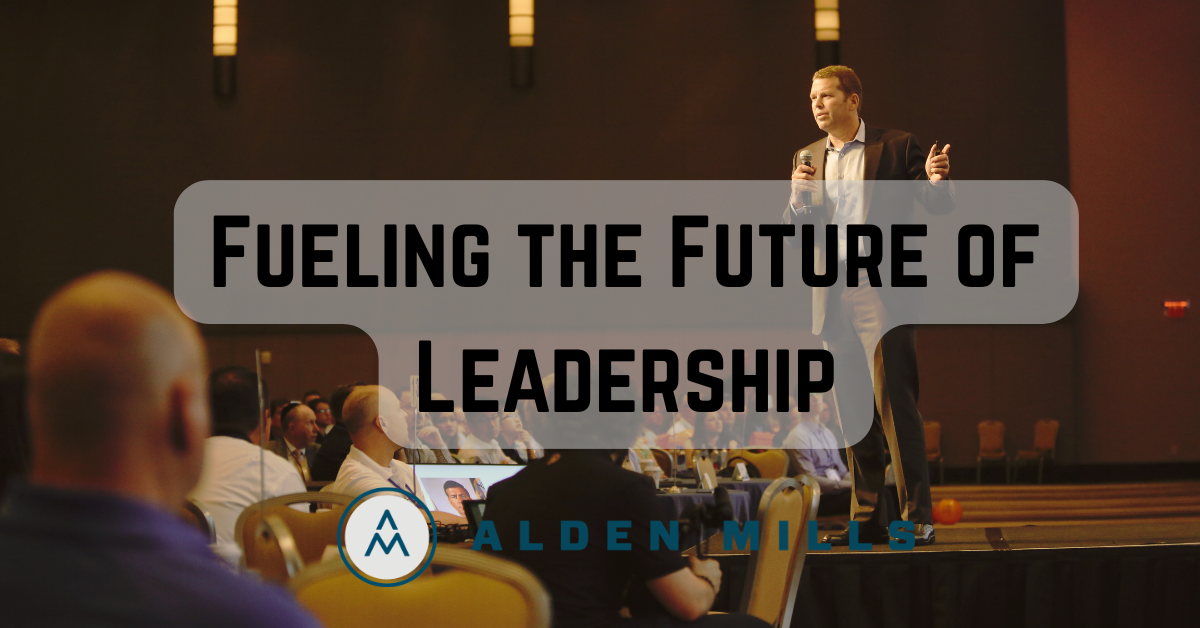In Part One: The Foundation of Culture, I explored the critical role consistency plays in culture creation and the impact of repeatable actions by everyone in the organization. I delve into why so many leaders struggle with culture building and introduce the first steps towards constructing a robust cultural framework.
In Part Two: The 3 Pillars of Culture, I examine the core elements that constitute a strong organizational culture: Promise, People, and Process. This part provides actionable insights into defining your organization's pillars and aligning them with your cultural vision.
For Part Three: Closing the Culture Gap, I explore the crucial steps in aligning the aspirational aspects of an organization's culture with its actual practices. Through this lens, we recount a defining moment in corporate history that exemplifies the supreme importance of culture in crisis management.
Part Three: Closing the Culture Gap
The Tylenol Crisis: A Test of Culture and Leadership
In the early 1980s, Johnson & Johnson (J&J) faced an unprecedented crisis when seven people in Chicago died after ingesting Tylenol capsules laced with cyanide. At that time, Tylenol held a dominant position as a leading brand in the pain relief category, boasting a market share exceeding 30%. This horrific act of tampering not only posed a dire threat to public safety, but also threatened to dismantle the trust and credibility painstakingly built by one of America's most esteemed corporations. At the helm during this crisis was James Burke, J&J's CEO, whose leadership and decisive actions would become a hallmark example of ethical crisis management.
Burke's decision to recall all Tylenol products nationwide, at a cost of over $100 million, was a direct reflection of J&J's corporate credo—a 312-word "promise" that prioritized the safety and well-being of the public above all else.
This move, radical at the time and contrary to the advice of many financial analysts, not only averted further tragedy but also solidified Tylenol's position as a market leader in the years that followed. The credo, more than just words, was the guiding principle behind Burke's actions, showcasing to the world the depth of J&J's commitment to its values.
Within a year, Tylenol not only regained its market share but also emerged as the dominant leader in the pain relief category. James Burke's leadership during the Tylenol crisis is a profound illustration of "Closing the Culture Gap." It shows how the principles we advocate in times of calm must also guide us through storms. This third segment of my series examines the strategies for ensuring that an organization's declared culture is not merely aspirational, but is embodied in every action, especially during moments of adversity.
Join me as I share practical approaches to making your organization's culture a dynamic, living entity that not only adapts to changes but does so while steadfastly adhering to its foundational values. Through "Closing the Culture Gap," I aim to equip leaders with the tools necessary to ensure their culture thrives, resonating through every level of their organization and making a lasting impact in the broader world.
Navigating the Gap: From Principles to Practice
My journey from the disciplined environments of the Naval Academy and SEAL Team to my first summer internship at Johnson & Johnson (J&J) profoundly shaped my understanding of organizational culture. At J&J, I was introduced to the concept of credo training, an immersive experience that every one of the company's over 200,000 employees undergoes.
This deep dive into the company's core values wasn't just informative; it was transformative, embedding in me the importance of a company living up to its promises. Drawing from these experiences and others, I've dedicated my career to helping companies navigate the complexities of their culture, ensuring it's not just aspirational but actionable.
The challenge, as I've observed across various organizations, lies in the divide between the culture companies profess (aspirational) and the culture they practice (actual).
Bridging this gap is critical, yet it requires a concerted effort from everyone within the organization, especially its leaders. It's a nuanced process, complicated further by the rapid pace of technological change and the inevitable human propensity to err. Preserving an organization's commitment in the face of such variables is challenging, yet surmountable. It requires:
- Clarity: Every individual must fully grasp the organization's core promise.
- Vigilance: It's vital to recognize when actions fall short of these stated values.
- Empowerment: Members at all levels should be equipped to realign practices with the promise.
Faced with these challenges, I developed the Cultural Compass, designed to guide organizations in aligning their day-to-day operations with their core values. It simplifies the ongoing journey of cultural alignment, making it accessible for organizations committed to living their promise every day. As we move from understanding the foundation laid by an organization's values to actively navigating the complexities of living those values, the Cultural Compass offers a way to keep our course true, ensuring the culture we talk about is the culture we embody.
The Cultural Compass: Steering Towards Authentic Culture
The metaphor of a compass aptly describes the role of culture within an organization. Just as a compass offers direction to a ship's captain, an organization's culture provides guidance on its path. The promise of an organization—its True North—sets a definitive course for its values and actions. However, identifying and adhering to this True North amidst the complexities of everyday operations and the inevitable human imperfections presents a significant challenge.
 |
Example of magnetic declination showing a compass needle with a "positive" (or "easterly") variation from geographic north. Ng is geographic or true north, Nm is magnetic north, and δ is magnetic declination. Source: https://en.wikipedia.org/wiki/Magnetic_declination |
To address this, the Cultural Compass not only identifies an organization's aspirational direction but also recognizes its current standing, or Magnetic North. The deviation, or declination, between these two points symbolizes the cultural gap that many organizations face. Bridging this gap involves a clear understanding of three key aspects:
- Identifying Your True North: Clearly defining and communicating the organization's core promise and values. This step ensures that every member understands the foundational direction of the organization.
- Acknowledging Your Magnetic North: Assessing the current cultural practices and recognizing the discrepancies between the aspirational culture and the culture in practice. This requires honest and regular reflection on everyday actions and decisions.
- Navigating the Declination: Empowering every member of the organization to contribute towards minimizing the gap. This involves continuous education, open dialogue, and the implementation of real-time adjustments to align practices more closely with the organizational promise.
I often deliver an Unstoppable Culture keynote and follow up with a workshop on crafting a culture promise. Organizations looking to update their promise can join a workshop to build their Culture Compass. The goal of these workshops is to help organizations map out their Cultural Compass and equip them with strategies to adjust their course.
This journey toward closing the culture gap requires vigilance, commitment, and collective effort.
As we embrace the Cultural Compass as our guide, we embark on a path of cultural evolution, transforming the aspirational into the actual, and in doing so, fostering a culture that is not only stated but truly lived.
This is the essence of closing the culture gap, ensuring that the organization's culture remains a dynamic, living entity that evolves with the organization and stands resilient in the face of change.
The 4 C's of Organizational Influence
Many organizations mistakenly view their culture as confined to the internal operations within their physical premises, perceiving only their services or products as the aspects that reach beyond these boundaries to the external world.
I want to impress upon you that your culture, and the commitment you show towards its promises, is actually your most significant offering.
It radiates through four pivotal groups that I call the 4 C's: Co-workers, Contributors, Customers, and Community.
- Co-workers: Co-workers are typically the primary focus, yet it's surprising how frequently senior leaders overlook their organization's culture to prioritize customers over co-workers. The traditional belief that "the customer is always right" is flawed and can lead to inconsistencies within your organizational culture. Sacrificing a cultural commitment to a co-worker in favor of serving a customer may seem beneficial in the short term, but any gains made will probably result in a loss of long-term cultural integrity and support.
- Contributors: When I mention "contributors," I'm talking about individuals and organizations outside your company who play a crucial role in delivering your product or service. These contributors include vendors and suppliers who are influenced by your company culture. Consider these external partners as teammates, and remember that your culture affects them just as it does your internal co-workers.
- Customers: Customers perceive your culture through the eyes of your service providers. If there's a lack of internal consistency in your culture, it will inevitably show externally as well. While your organization may deceive a few customers temporarily, the disparity between your organization's promises and its actions will eventually become apparent to your customers.
- Community: Every organization functions within a community. By expanding its culture to embrace the community, it opens doors for mutual support. The community becomes a valuable source of new customers and a means to keep co-workers aligned with the purpose of the organizational culture you've cultivated.
Culture originates from the Latin word "Cultus"—the root of “cultivate”—which means "to care". At the core of an organization's culture lies an inherent sense of caring for someone or something.
This sense of caring represents the organization’s promise. When an organization clearly defines and consistently reinforces its values, it opens many opportunities to cultivate a one-of-a-kind environment that reflects the individuals who contribute to the organization. The stronger the organization's commitment to its cultural values, the more UNSTOPPABLE it will be in accomplishing its mission.
Closing the Gap: Cultivating a Values-Driven Culture
Concluding our series on "Crafting an Unstoppable Culture," we've journeyed from the foundational role of consistency in culture creation in Part One, through the exploration of the crucial elements—Promise, People, and Process in Part Two, to addressing the essential strategies for "Closing the Culture Gap" in this final installment. This progression highlights the journey from articulating a vision for organizational culture to the practical realization of that culture in daily operations.
Reflecting on the Tylenol crisis provides a stark reminder of why culture matters deeply, especially during crises. It’s a compelling example of how an organization’s values, when truly lived, can guide it through the toughest challenges. This series aimed to underscore that your organization's culture, reflected in how it lives out its promises, is its most profound offering to its four key constituents: Co-workers, Contributors, Community, and Customers. Each plays a vital role in sustaining and propagating the values central to your organization.
Drawing from my experiences—from the structured environments of the Naval Academy and SEAL Team to a transformative internship at Johnson & Johnson—I've witnessed first-hand the impact of authentically living up to one's promises on an organization's culture. These experiences have informed the development of tools like the Cultural Compass, designed to help organizations navigate the complex journey from merely stating values to fully embodying them in every action and decision.
As we conclude, remember:
Culture is more than a concept confined within the walls of an organization; it's an active, living entity that requires clarity, vigilance, and empowerment to thrive.
The goal moving forward is to not just bridge the culture gap but to eliminate it, ensuring that our organizations stand as accurate reflections of our core values, resilient in change and steadfast in pursuing excellence.
Thank you for embarking on this journey with me. Let's commit to making our organizational cultures not only stated ideals but lived realities, creating environments that are as robust, genuine, and unstoppable as the cultures they embody.
Get In Touch
Are you interested in me working with your organization? Please fill out the form below and someone from my team will be in touch soon!
Remember, We Are All Born to Be Unstoppable
It is our Choice to Be Unstoppable. Check out my Books and our Resources and Courses to develop the mindset and actions required to thrive and accomplish more than you originally thought possible. And if you have any questions about motivational speaking, just drop me a line!





